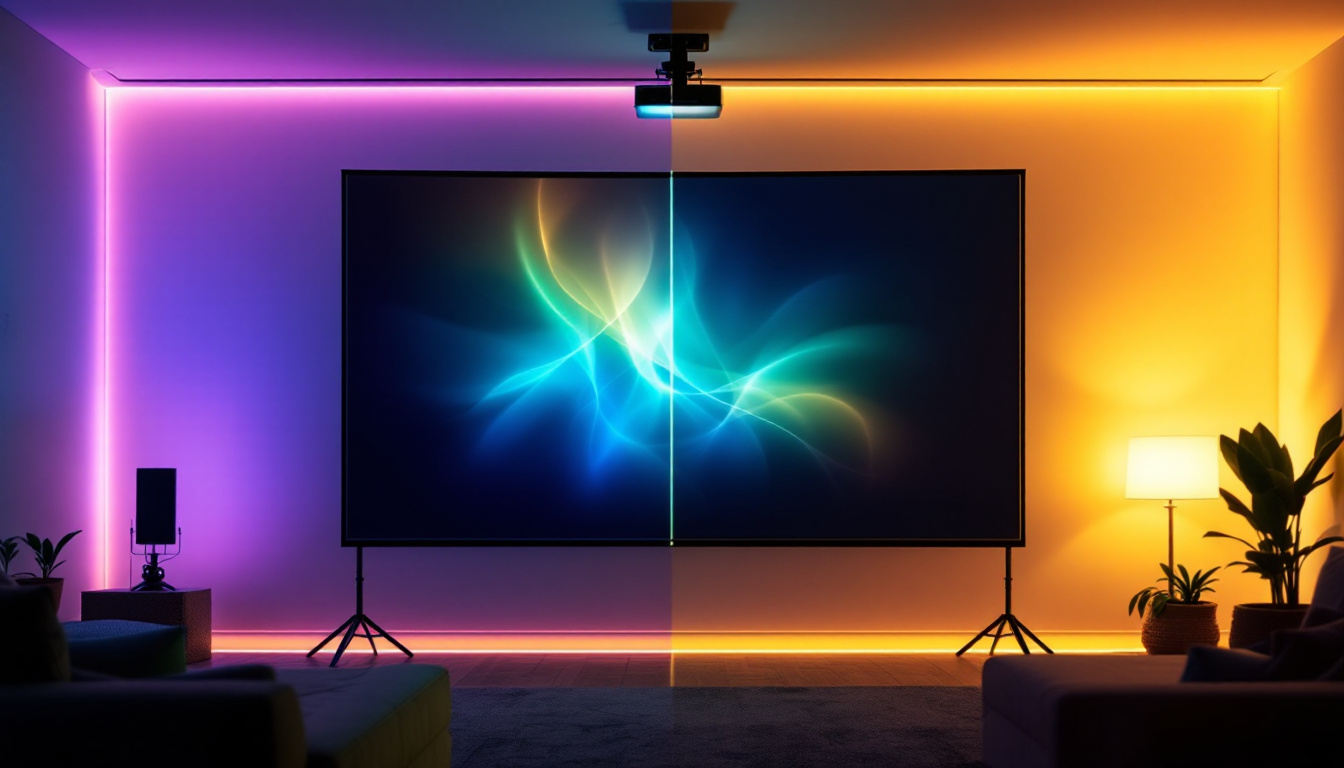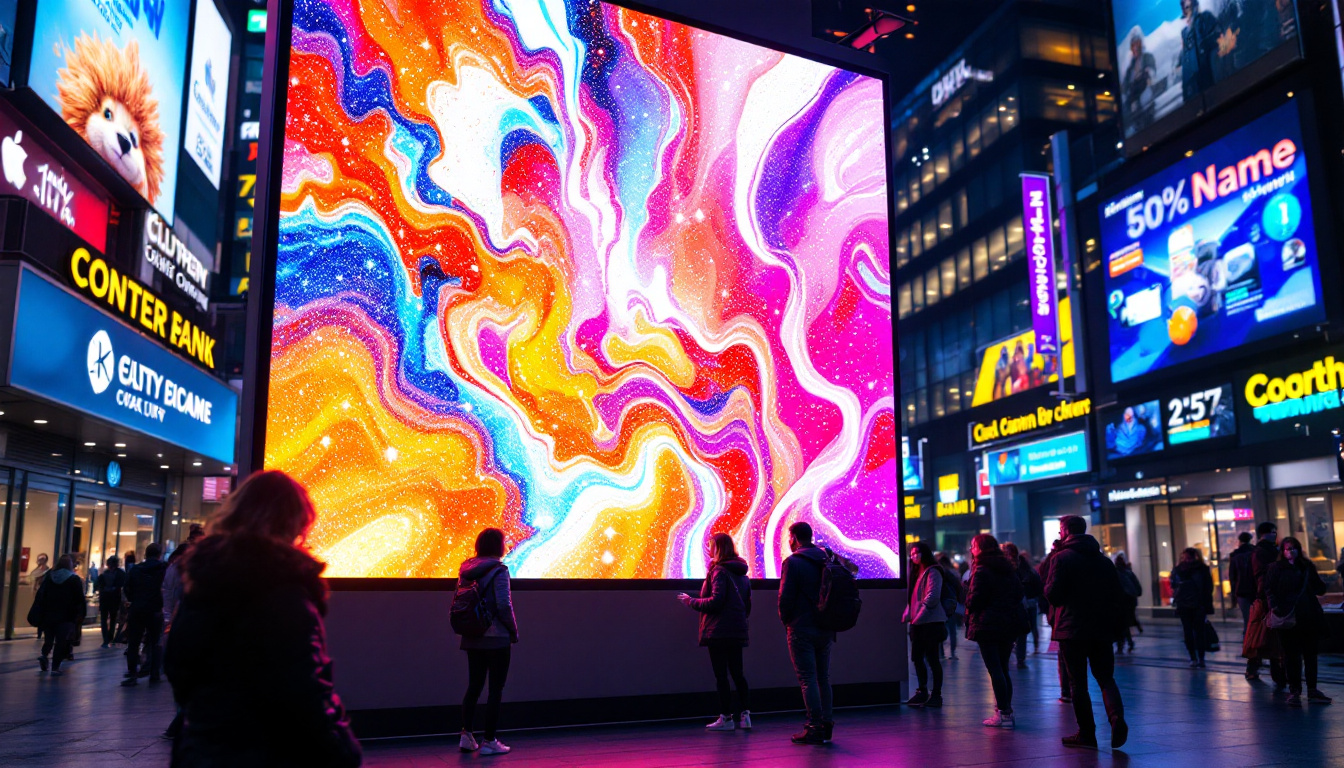In the fast-paced environment of airports, effective communication is crucial for ensuring smooth operations and enhancing passenger experience. One of the key components of this communication infrastructure is the LED display. These screens serve multiple purposes, from providing flight information to advertising services and amenities. This article explores the various aspects of airport LED displays, including their technology, applications, benefits, and future trends.
Understanding LED Technology
Light Emitting Diodes (LEDs) are semiconductor devices that emit light when an electric current passes through them. This technology has revolutionized the display industry, offering numerous advantages over traditional display methods. LEDs are not only more energy-efficient but also have a longer lifespan, making them a cost-effective choice for both consumers and businesses. Their compact size and versatility allow for innovative designs that can fit a variety of applications, from small screens in handheld devices to massive billboards in urban landscapes.
How LEDs Work
LEDs consist of a chip made from a combination of materials that emit light when energized. The color of the light emitted depends on the materials used in the chip. When an electric current flows through the chip, electrons recombine with holes, releasing energy in the form of photons. This process is highly efficient, resulting in lower energy consumption compared to incandescent or fluorescent lights. Additionally, the thermal management of LEDs is crucial, as excess heat can affect their performance and longevity. Advanced heat sinks and cooling technologies are often integrated into LED designs to ensure optimal operation and durability.
Types of LED Displays
There are several types of LED displays used in airports, including:
- Direct View LED: These displays are made up of individual LED modules that are assembled to create a larger screen. They are commonly used for large outdoor displays.
- LED Backlit LCD: These displays use LEDs to illuminate an LCD panel. They are often found in indoor settings and provide excellent image quality.
- Organic LED (OLED): This newer technology offers superior color accuracy and contrast, making it ideal for high-end applications.
In addition to these types, there are also specialized LED displays designed for unique environments. For instance, flexible LED displays can be bent and shaped to fit unconventional spaces, allowing for creative installations that were previously impossible. Furthermore, transparent LED displays are gaining popularity, particularly in retail environments, where they can showcase products while allowing visibility through the screen. These innovations highlight the adaptability of LED technology, catering to the evolving needs of various industries.
Moreover, the integration of smart technology with LED displays is paving the way for interactive experiences. Smart LED displays can connect to the internet, allowing for real-time updates and dynamic content changes based on audience engagement or environmental conditions. This capability is particularly beneficial in settings like airports, where information such as flight statuses and gate changes can be displayed instantly, enhancing the traveler experience. As LED technology continues to advance, the potential applications seem limitless, promising even more exciting developments in the future.
Applications of LED Displays in Airports
LED displays serve a multitude of functions in airports, enhancing both operational efficiency and passenger experience. Their versatility allows them to be utilized in various settings throughout the airport.
Flight Information Displays
One of the primary uses of LED displays in airports is to provide real-time flight information. These screens display crucial details such as flight status, gate information, and boarding times. The bright, clear visuals of LED technology ensure that passengers can easily read the information from a distance, even in brightly lit environments.
Moreover, the ability to update information in real-time is essential for managing flight changes and delays. This capability minimizes confusion and helps passengers navigate the airport more effectively.
Wayfinding and Directional Signage
LED displays are also used for wayfinding, guiding passengers through the often complex layout of airports. Interactive kiosks and digital signage can provide directions to gates, lounges, and other facilities. This not only enhances the passenger experience but also reduces congestion in busy areas.
In addition to static displays, some airports have implemented dynamic wayfinding systems that can adapt based on real-time data, such as crowd levels or flight delays, further improving the flow of traffic within the airport.
Advertising and Promotions
Airports are prime locations for advertising due to the high volume of travelers. LED displays offer advertisers a vibrant and eye-catching medium to promote products and services. From retail stores to restaurants, these screens can showcase promotions, special offers, and brand messages.
The flexibility of LED displays allows for quick changes in content, making it easy for advertisers to tailor their messages to specific audiences or times of day. This adaptability can significantly enhance revenue for airports while providing valuable information to travelers.
Benefits of LED Displays in Airports
The adoption of LED displays in airports offers numerous advantages, making them a preferred choice for many airport authorities around the world.
Energy Efficiency
One of the most significant benefits of LED technology is its energy efficiency. Compared to traditional lighting solutions, LEDs consume significantly less power, which can lead to substantial cost savings over time. This is particularly important in airports, where lighting and display systems operate continuously.
Additionally, the long lifespan of LED displays reduces the need for frequent replacements, further contributing to lower maintenance costs and less environmental waste.
High Visibility and Clarity
LED displays are known for their exceptional brightness and clarity, making them easily visible in various lighting conditions. This is particularly important in an airport setting, where passengers may be navigating through brightly lit terminals or outdoor areas.
The high contrast levels of LED displays ensure that information is legible from a distance, which is crucial for effective communication in busy environments. This clarity helps to reduce confusion and enhances the overall passenger experience.
Durability and Reliability
LED displays are built to withstand the rigors of airport environments. They are resistant to shock, vibration, and temperature fluctuations, making them ideal for high-traffic areas. This durability ensures that the displays remain operational even in challenging conditions.
Moreover, the reliability of LED technology means that airports can count on these displays to function consistently, providing accurate information to passengers without interruptions.
Challenges of Implementing LED Displays
While the benefits of LED displays are numerous, there are also challenges that airport authorities must consider when implementing this technology.
Initial Investment Costs
The initial cost of purchasing and installing LED displays can be significant. Although the long-term savings in energy and maintenance costs can offset this investment, the upfront expenditure may deter some airports from making the switch.
Budget constraints can limit the ability of smaller airports to adopt advanced LED technology, leading to disparities in the quality of passenger information systems across different facilities.
Content Management
Managing the content displayed on LED screens requires a robust content management system (CMS). Airports must ensure that information is updated in real-time and that the content is relevant and engaging for travelers.
This can be a complex task, especially in larger airports with multiple screens displaying different types of information. Training staff to effectively manage and update content is essential to maximize the benefits of LED displays.
Technical Maintenance
Although LED displays are generally low-maintenance, they still require periodic checks and servicing to ensure optimal performance. Technical issues can arise, and having a dedicated maintenance team is crucial for addressing these problems promptly.
Airports must also stay updated with the latest advancements in LED technology to ensure their systems remain competitive and effective.
Future Trends in Airport LED Displays
The future of LED displays in airports is promising, with several emerging trends that are likely to shape their development and implementation.
Integration with Smart Technologies
As airports increasingly adopt smart technologies, LED displays will play a pivotal role in enhancing connectivity and communication. Integration with mobile applications and IoT devices can provide passengers with personalized information, such as flight updates and wayfinding assistance, directly on their smartphones.
This interconnectedness will create a more seamless travel experience, allowing passengers to navigate the airport with ease and stay informed about any changes to their travel plans.
Enhanced Interactivity
Future LED displays are expected to become more interactive, allowing passengers to engage with the content displayed. Touchscreen technology can enable travelers to access information, such as terminal maps or dining options, at their fingertips.
Interactive displays can also be used for entertainment purposes, providing travelers with engaging content while they wait for their flights. This can significantly enhance the overall airport experience, making it more enjoyable for passengers.
Focus on Sustainability
With growing environmental concerns, airports are increasingly prioritizing sustainability in their operations. LED technology is already energy-efficient, but future developments may focus on using eco-friendly materials and manufacturing processes.
Airports may also explore recycling programs for old displays and components, further reducing their environmental impact. This commitment to sustainability can enhance the airport’s reputation and appeal to environmentally conscious travelers.
Conclusion
LED displays have become an integral part of airport operations, providing essential information and enhancing the passenger experience. Their energy efficiency, clarity, and durability make them a preferred choice for airports worldwide. While challenges exist, the benefits far outweigh the drawbacks, and the future of LED displays in airports looks bright.
As technology continues to evolve, airports will likely see even more innovative applications of LED displays, making travel more efficient and enjoyable for passengers. Embracing these advancements will be key for airports aiming to stay competitive in an increasingly digital world.
Discover LumenMatrix LED Display Solutions
Ready to elevate your airport’s communication and passenger experience with the latest in LED display technology? LumenMatrix is at the forefront of innovation, offering a wide range of LED display solutions tailored to meet the dynamic needs of airport environments. From Indoor and Outdoor LED Wall Displays to specialized options like Vehicle, Sports, and Floor LED Displays, our products are designed to captivate and inform travelers effectively. Embrace the future of airport signage with LumenMatrix’s Custom, All-in-One, and Transparent LED Displays, and transform the way passengers interact with your space. Check out LumenMatrix LED Display Solutions today and start creating unforgettable visual experiences.































